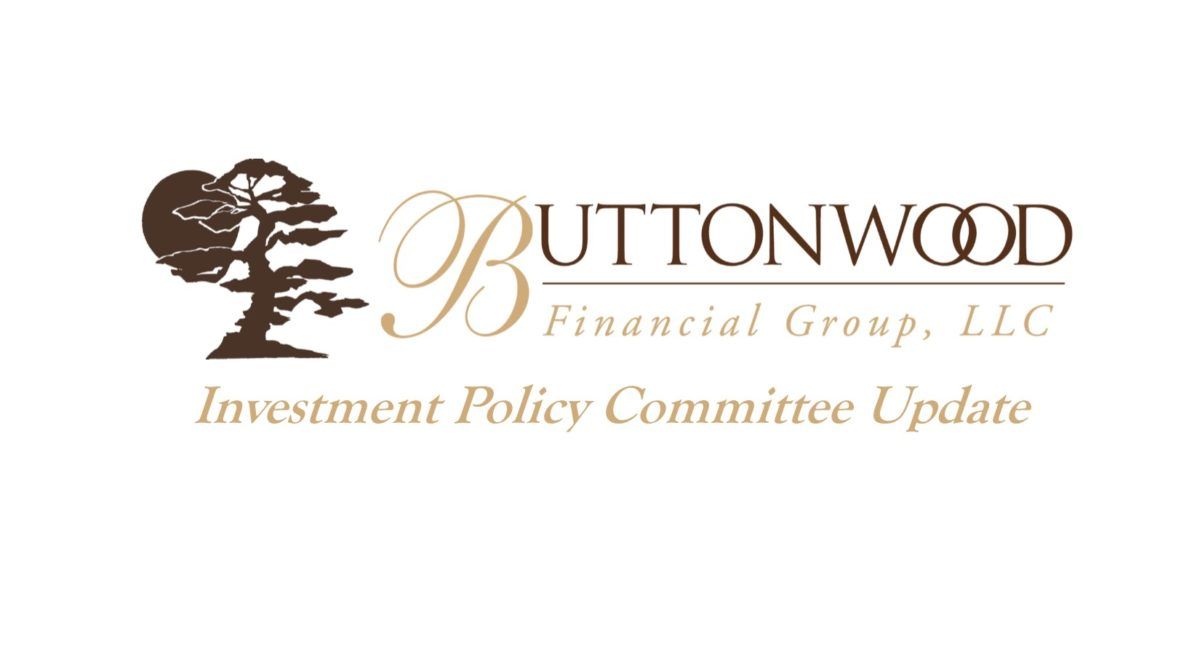Phantom Stock for Company Executives: Why It's Not as Scary as It Sounds
As a high-level executive, your company recognizes your valuable contribution to progress and growth. In response, your compensation package looks a little different - and often more complicated - than lower-level employees. Equity compensation, such as stock options, is a common offering for executives, directors and managers. But the type of equity compensation offered may differ. If your company is offering you a phantom stock plan, or shadow stock, here’s what you need to know.
How Does Phantom Stock Work?
Phantom stock plans essentially give employees the financial benefits of owning shares of stock without actually having any ownership in the company.
The number of shares an employee receives could be based on the perceived value of the employee, meaning different employees are granted different amounts of shares.
Shadow stock may be granted to them upfront or over a certain period of time. The value of the phantom stock mirrors the value of a company’s stocks, meaning the value will fluctuate based on how the company is doing.
Once a phantom stock plan is set in place, the employee must wait a certain amount of time before they see a financial payout. This will be determined by your company, but common lengths of time include two-year and five-year periods.
Types of Phantom Stock
There are two main types of phantom stock, appreciation only and full value.
Appreciation Only
Phantom stock that is “appreciation only” does not include the value of the underlying shares. Rather, it includes the increase in stock over the amount of time that the shares are held. If a company’s phantom stock appreciates over time, employees will receive a cash payment that will equal the difference between the original price and the appreciated price.
Full Value
If a stock is “full value,” it includes the underlying value plus the amount of stock that increased while it was held. This essentially serves as a deferred cash bonus program. At some point, active employees will receive a cash payment that equals the value of the original shares plus the appreciation of the stock.
Important Considerations
Like everything, there are pros and cons to consider regarding this stock option.
Pros of Phantom Stock
Phantom stock can be seen as a motivational tool to keep important executives on board for the vesting period. By giving executives more long-term incentive to drive the well-being of the company, it can also be effective in boosting the overall productivity of a business or firm.
Employees want the stock to appreciate, because when it does, they will benefit, as well.
Cons of Phantom Stock
For the company itself, implementing phantom stock options can require third-party assistance, which may incur additional costs. For executives offered this option, it’s important to consider that a termination of employment may mean forgoing any potential payouts.
Whether you’re a business owner looking to update your benefits package or you’re a high-level executive weighing your options, keep the above considerations in mind. Before making a decision, speak with your trusted financial professional first to determine if this could work for you. Our Team stands ready to discuss - contact us today.
This content is developed from sources believed to be providing accurate information. It may not be used for the purpose of avoiding any federal tax penalties. Please consult legal or tax professionals for specific information regarding your individual situation. The opinions expressed and material provided are for general information, and should not be considered a solicitation for the purchase or sale of any security.
Recent Buttonwood Articles

Are you ready to explore the benefits of your very own Family CFO?




